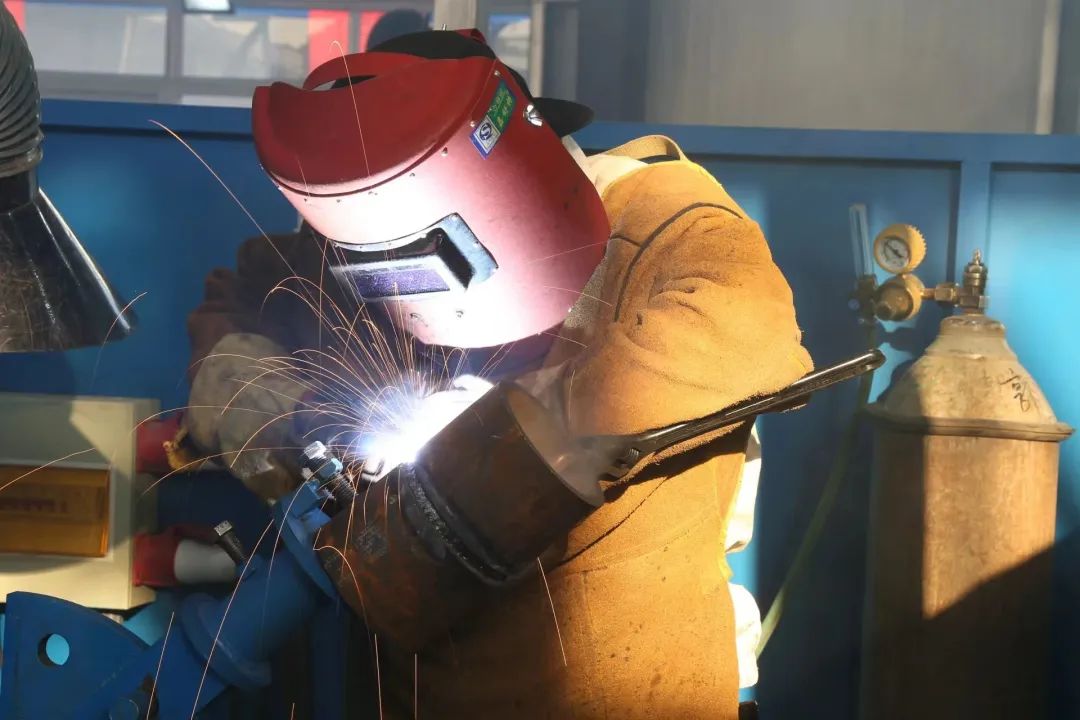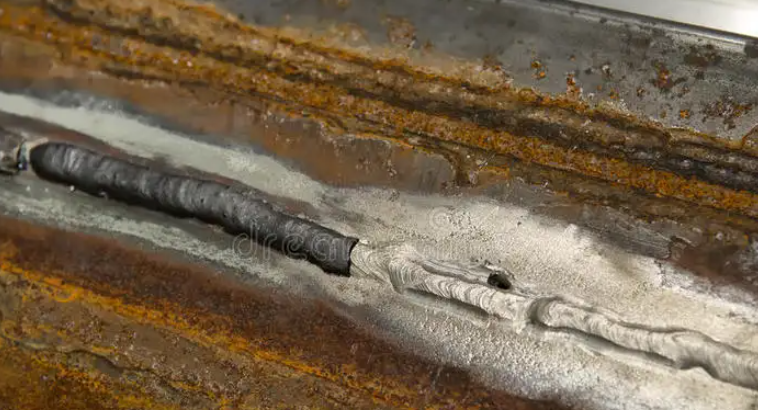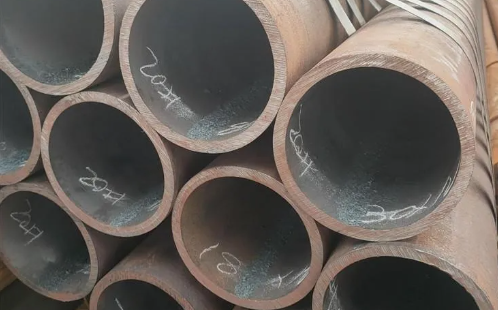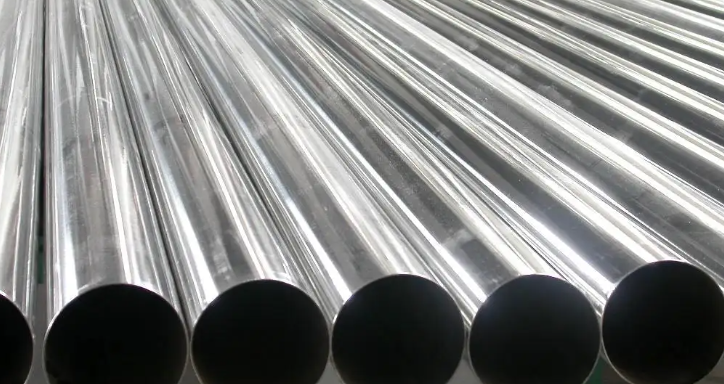The selection of welding rods must be based on the chemical composition, mechanical properties, plate thickness and joint form of the material to be welded, the characteristics of the welding structure, the stress state, the structural use conditions, the requirements for the performance of the weld, and the safety and reliability of the welding structure. After a comprehensive inspection of welding construction conditions and technical and economic benefits, etc., targeted selection is required, and welding performance tests are required when necessary.

Key Points for Selection of Welding Rods for the Same Kind of Steel
1. Consider the mechanical properties and chemical composition of the welded metal

For ordinary structural steel, the strength of the weld metal and the base metal is usually required to be equal, and the welding rod whose tensile strength of the deposited metal is equal to or slightly higher than the base metal should be selected. For alloy structural steel, sometimes the alloy composition is required to be the same or close to that of the base metal. In the unfavorable situation of high rigidity of the welded structure, high joint stress, and easy cracks in the weld, it should be considered to choose an electrode with a lower strength than the base metal. When the content of carbon, sulfur, phosphorus, and other elements in the base metal is too high, cracks are likely to occur in the weld, so an alkaline low-hydrogen electrode with good crack resistance should be selected.
2. Consider the performance and working conditions of welded components
For weld parts subjected to dynamic loads and impact loads, in addition to meeting the strength requirements, it is mainly necessary to ensure that the weld metal has high impact toughness and plasticity, and low-hydrogen electrodes with high plasticity and toughness indicators can be selected. For weld parts exposed to corrosive media, stainless steel electrodes or other corrosion-resistant electrodes should be selected according to the nature and corrosion characteristics of the medium. For weld parts working under high temperature, low temperature, or other special conditions, corresponding heat-resistant steel, low-temperature steel, surfacing welding, or other special diagnostic electrodes should be selected.
3. Consider the welding structure characteristics and stress conditions
For thick and large welded parts with complex structural shapes and high rigidity, due to the large internal stress generated during the welding process, it is easy to cause cracks in the weld seam, so basic electrodes with good crack resistance should be selected. For weld parts with little force and difficulty to clean the welding parts, acid welding rods that are not sensitive to rust, scale, and oil should be selected. For weld parts that cannot be turned over due to conditions, electrodes suitable for all-position welding should be selected.
4. Consider construction conditions and economic benefits
In the case of meeting the performance requirements of the product, the acid electrode with good process ability should be selected. In narrow or poorly ventilated places, acid electrodes or low-dust electrodes should be used. For structures with a large welding workload, high-efficiency electrodes should be used as much as possible when conditions permit, such as iron powder electrodes, high-efficiency gravity electrodes, etc., or special electrodes such as bottoming electrodes and vertical downward electrodes should be used to improve welding productivity.
Key Points for Selection of Welding Rods in Dissimilar Steel Welding
1. Carbon steel ten low alloy steel (or low alloy steel ten low alloy high strength steel) with different strength levels

Carbon steel and low-alloy steel with different strength levels generally require that the strength of the weld metal or joint is not lower than the minimum strength of the two metals to be welded, and the strength of the deposited metal of the selected electrode should be able to ensure that the strength of the weld and joint is not low The strength of the base metal on the side with lower strength, while the plasticity and impact toughness of the weld metal should not be lower than the properties of the base metal on the side with higher strength and poorer plasticity. Therefore, the welding rod can be selected according to the steel with the lower strength level among the two. However, in order to prevent welding cracks, the welding process should be determined according to the steel type with a higher strength level and poor weldability, including welding specifications, preheating temperature, and post-weld heat treatment.
2. Low alloy gold steel + austenitic stainless steel

For low-alloy steel + austenitic stainless steel, the welding rod should be selected according to the value limited to the chemical composition of the deposited metal. Generally, Cr25-N with higher chromium and nickel content, better plasticity, and crack resistance; 13-type austenitic Steel electrodes to avoid cracks due to the generation of brittle hardened structures. However, the welding process and specification should be determined according to the stainless steel with poor weldability.
3. Stainless steel-clad steel plate
For stainless steel-clad steel plates, three welding electrodes with different properties should be considered for the welding requirements of the base layer, cladding layer, and transition layer. For the welding of the base layer (carbon steel or low alloy steel), the structural steel electrode of the corresponding strength grade is selected; the cladding layer is directly in contact with the corrosive medium, and the austenite stainless steel electrode of the corresponding composition should be selected. The key is the transition layer (that is, the cladding layer and the For welding of the base layer interface), the dilution effect of the matrix material must be considered, and the Cr25-Ni13 austenite steel electrode with high chromium and nickel content, good plasticity and crack resistance should be selected.
English
简体中文
العربية
Français
Русский
Español
Português
Deutsch
italiano
日本語
한국어
Nederlands
Tiếng Việt
ไทย
Polski
Türkçe
ភាសាខ្មែរ
Bahasa Melayu
Filipino
Bahasa Indonesia
magyar
Română
Čeština
Монгол
қазақ
Српски
हिन्दी
فارسی
Slovenčina
Slovenščina
Norsk
Svenska
українська
Ελληνικά
Suomi
Latine
Dansk
বাংলা
Hrvatski
Afrikaans
Gaeilge
Eesti keel
नेपाली
Oʻzbekcha
latviešu
Azərbaycan dili
Беларуская мова
Bosanski
Български
ქართული
Lietuvių














